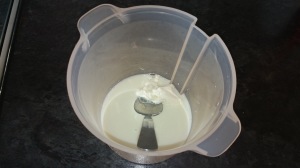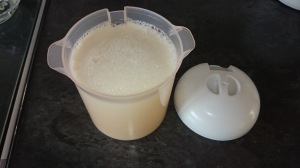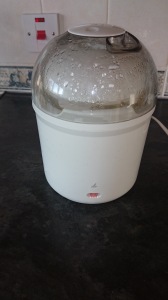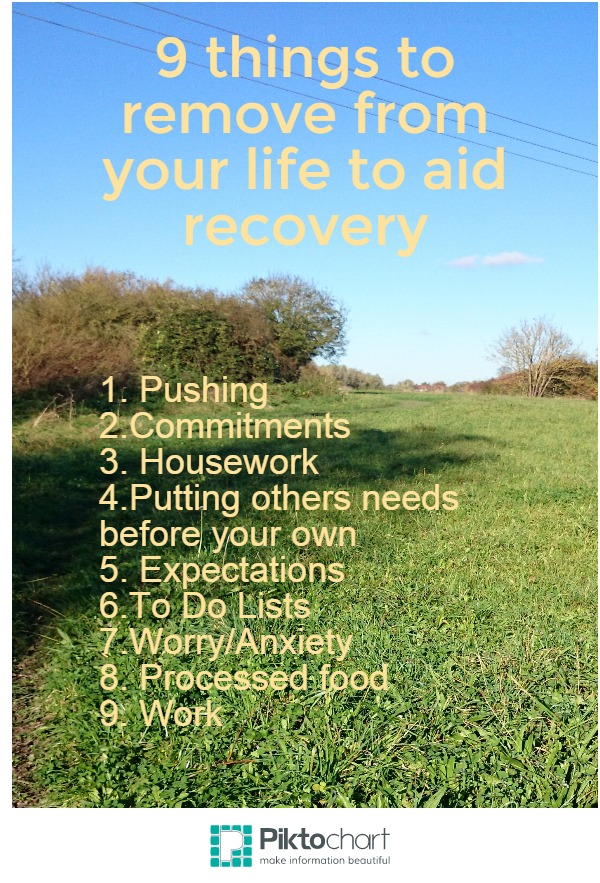It’s the new year and I see several people in the PVF/ME/CFS/ facebook group I belong to setting resolutions to lose weight. Many people with PVF/ME/CFS find themselves putting on weight. This could be due to numerous factors, here’s a few that I thought of:
- Some of the medication used to control symptoms can lead to weight gain;
- When you haven’t got the energy to cook it’s all too easy to make poor food choices, a bag of crisps is much less effort than preparing a meal;
- It’s tempting to comfort eat, the temporary pleasure derived from a bar of chocolate can be very appealing when your whole life has been turned upside down;
- ME sufferers are a pretty inactive bunch so we can’t use exercise to help our weight.
Over the last 18 months I have listened to, and read, lots of information by Jonathan Bailor, he has a podcast (called at various times The Smarter Science of Slim, The Calorie Myth and now the SANE show). I started listening to Jonathan because I wanted to understand more about why the food I was eating was good for me, because what he was recommending for weight loss was virtually identical to what I was doing for health.
Jonathan was not trying to cure himself, or clients, of illness, but he was a personal trainer and could see the standard advice of eat less calories and do more exercise wasn’t working for many clients. He started reading research papers about diet and exercise and realised that the standard advice from the US government (very similar to the UK government advice), and taught to personal trainers is not based on science and in fact the research shows why this approach does not work.
The scientific evidence he reviewed showed that our weight is controlled by our hormones. When we eat our hormones will control what we store and what we excrete, based on our set point weight, which our body is balancing to. This is a completely different way of looking at weight loss/gain to the traditional calories in/calories out and explains why some people can eat lots and not gain weight and others seem to gain weight even when eating very little.
Over time our metabolism, controlled by hormones, can become “clogged”, and this causes our set point weight to increase. The research led Jonathan to focus on “unclogging”, which would then cause fat loss.
He concluded (from the research) that the way to effect this change is by eating a SANE diet. Where SANE stands for Satiety, Aggressiveness, Nutrient Density, and Efficiency.
If you classify foods this way you end up focussing on a diet with lots of non-starchy vegetables, some low sugar fruits, sufficient protein and some healthy fats. Wow – look how similar that is to the diet I’ve been following to improve my health, and recommended by people like Dr Terry Wahls for improving MS.
It turns out the diet to improve health and lose weight (for the long term) are nearly identical.
I think hormones played a big part in my ME/CFS. Although all my blood tests were normal I had several discussions with my nutritionist about how I showed symptoms of thyroid problems, and later symptoms of too little progesterone and/or too much oestrogen. It therefore makes sense to me that a diet that improves hormones will improve ME symptoms and cause fat loss.
Of course you can lose weight in the short term by going on a low calorie diet, but most people cannot sustain this over the long term. You will be trying to work against your body, whereas, following the SANE/eating for health approach is about working with your body – providing the nutrients it needs to heal itself.
I am applauding all the great dietary changes I see – people swapping crisps and cakes for vegetables and fruits, eating more whole food and less processed food and being more concious of what they are eating. However I wish more people understood that focusing on increasing the nutrient density of their diet is much more important than counting calories.
I am lucky not to have gained weight whilst ill, I’ve changed my diet to improve my health. If you’re in the position of wanting to do both then I encourage you to nourish your body with nutrient dense foods, not starve yourself on a low calorie diet. Perhaps 2015 will be your year for better health and losing weight.








